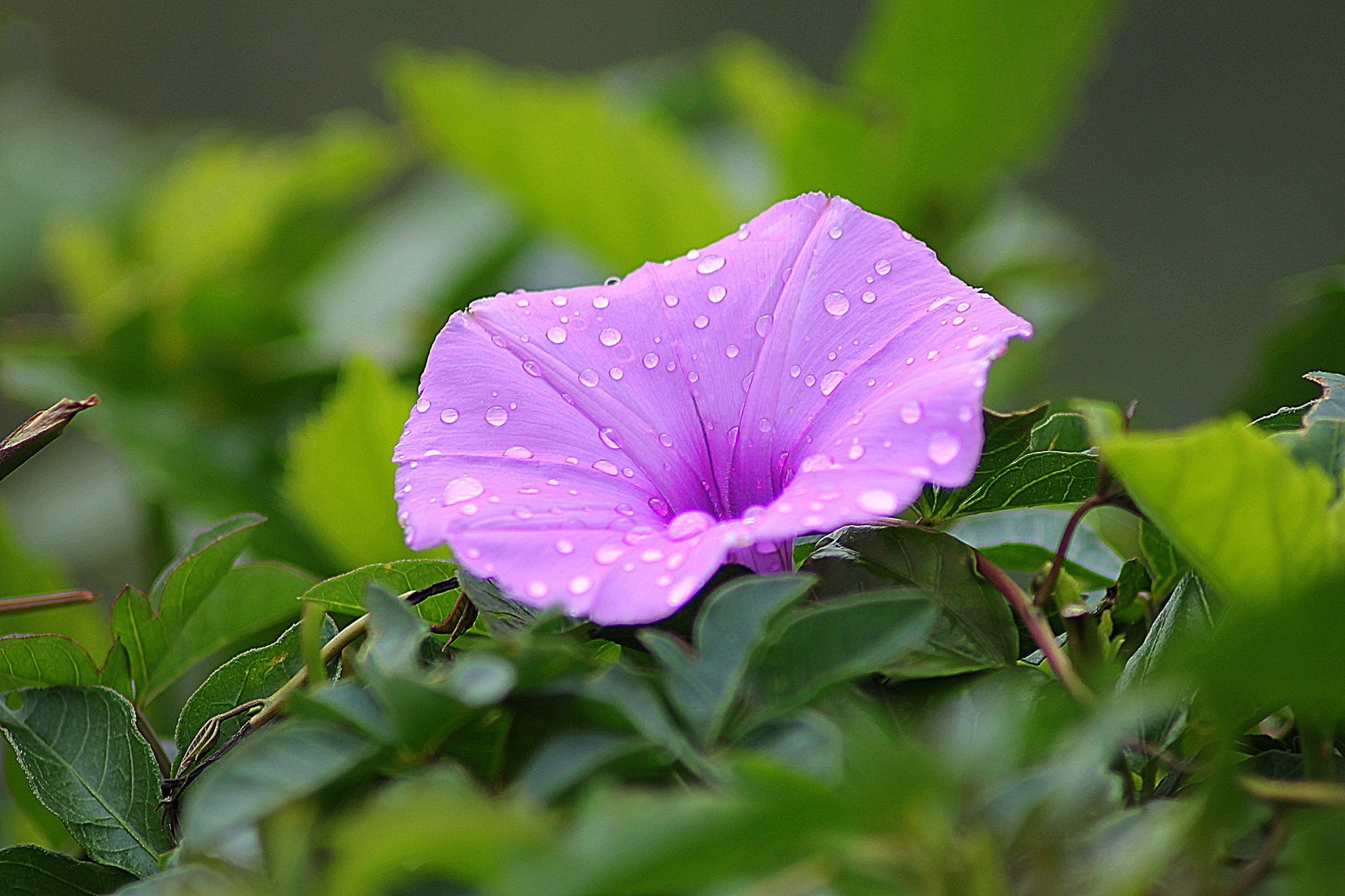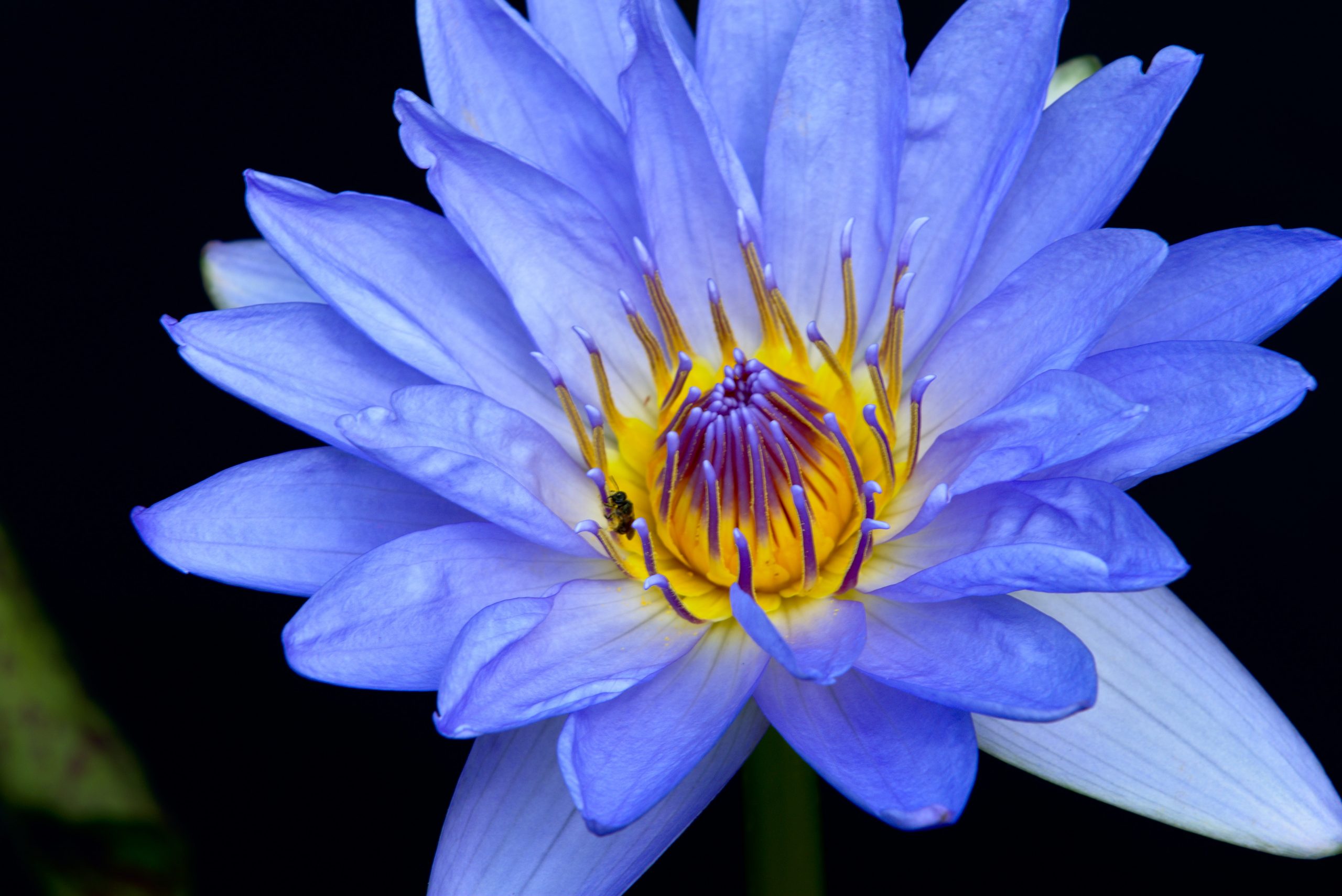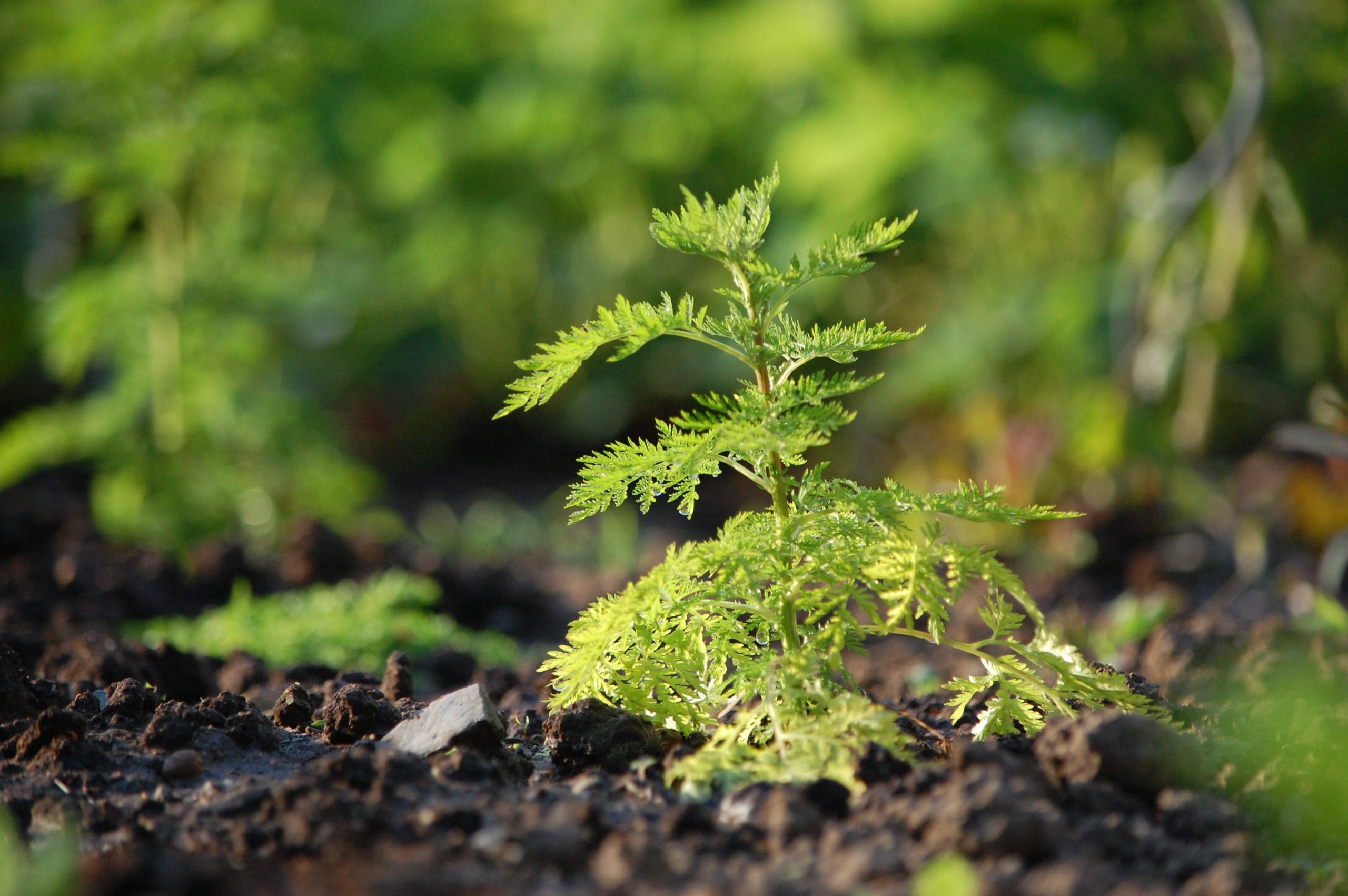Last time (part 1), we told you about five legal psychedelics which grow in the wild around North, Central, and South America. Here are five more plants from around the world which have been introduced to the US.
Although the legality of these plant medicines and teachers still depend on where you live, there is no doubt that nature’s laws do not necessarily follow man’s laws.
Around the world, other legal hallucinogens are found in nature and some have always been revered as spiritual teachers and healers. Just like wild-growing psychotropic plants from the Americas, the laws may differ depending on where you live though many of these plants have been introduced to the US.
We want to help modernize the ancient sacred healer psilocybin and help make psychedelics legal through microdosing. Apply here and see how magic mushrooms can be your friend and ally for self-healing and conscious expansion.
Legal Hallucinogens Around the World
Take a trip around the world right here to learn about five plants that prove the abundance of gifts nature has to offer.
1. Hawaiian Baby Woodrose (Argyreia nervosa)
 Despite its name, Hawaiian Baby Woodrose is actually endemic to the Indian subcontinent and was only introduced to other areas like Hawaii, the Caribbean, and Africa.
Despite its name, Hawaiian Baby Woodrose is actually endemic to the Indian subcontinent and was only introduced to other areas like Hawaii, the Caribbean, and Africa.
Oral history about the Huna people say that their shamans used the seeds of this plant in ceremony. However, there is little evidence about this particular use. What is known is that this perennial climbing vine has been used in Ayurvedic medicine for thousands of years.
It is called Vidhara in India and in Ayurveda, only the leaves and roots of the plant, which do not contain psychoactives, are used.
Although its medicinal value was already well-known, it wasn’t until the 1960s where the psychoactive properties in its seeds were discovered in Hawaii and it was reportedly used as a cheap way to get high with legal hallucinogens.
The seeds of the vine contain LSA (Lysergic Acid Amide) which is a natural precursor to LSD. Although it is not as potent as LSD and induces more dream-like states in those who journey with it, it is not a substance to be toyed with – only 3 to 4 seeds are needed for what is considered a light dose.
-
Morning Glory (family Convolvulaceae)
Morning Glory is the generic name for thousands of species of flowering plants in the family Convolvulaceae which Hawaiian Baby Woodrose also belongs to.
In Traditional Chinese Medicine (TCM) it is called Qian Niu Zi and is used to treat edema, sputum, and stasis. It is used as a laxative and purgative medicine and abuse by ingesting its seeds for their psychedelic properties can lead to side effects like vomiting, diarrhea, abdominal pain, bloody mucus, and in severe cases, damage to the nervous system.
A dose of 1.5 to 3 grams of Morning Glory seeds is said to be a light dose.
-
Egyptian Blue Lotus (Nelumbo nucifera)
 This Egyptian Blue Lotus is a water lily that originally grew along the Nile in East Africa and then spread to the Indian subcontinent and Thailand in ancient times.
This Egyptian Blue Lotus is a water lily that originally grew along the Nile in East Africa and then spread to the Indian subcontinent and Thailand in ancient times.
It is not to be confused with the Blue Lily (Nymphaea caerulea) which is a different flower but has mistakenly been used interchangeably.
The psychoactive part of the Egyptian Blue Lotus, the alkaloid aporphine, is said to have been known to both the Ancient Egyptian and Mayan civilizations.
The “high” from Blue Lotus is said to be subtle but last longer than a THC high. It has been used medicinally to treat Parkinson’s disease because it affects the central nervous system directly, and it also helps with insomnia, diabetes, depression, and mild pain.
In the US, Blue Lotus is illegal for human consumption but may be sold as massage oil or incense.
Psilocybin also has medicinal and therapeutic properties when taken at low enough doses that do not trigger a psychedelic trip. Apply for microdosing to learn how legal hallucinogens may help you.
- Artemisia annua
 The Artemisia genus of plants were named after the Greek goddess of the moon and the hunt who kept a following of loyal virgins around her but also took care of pregnant mothers. Many Artemisia plants are given to women as hormone regulators during menstruation and menopause. (But must be avoided during pregnancy itself because it can cause miscarriage.)
The Artemisia genus of plants were named after the Greek goddess of the moon and the hunt who kept a following of loyal virgins around her but also took care of pregnant mothers. Many Artemisia plants are given to women as hormone regulators during menstruation and menopause. (But must be avoided during pregnancy itself because it can cause miscarriage.)
More commonly known in English as Mugwort (Artemisia vulgaris) or Wormwood (Artemisia absinthium) because of their ability to repel pests from the garden and in the home.
Artemisia annua is the type of Artemisia known to help with lucid dreams. In China, it was known as Qinghaosu and was used in Traditional Chinese Medicine for its antimalarial properties.
Most people like to put Artemesia in a warm tea infusion 30 minutes before bedtime to maximize its dream enhancing work. Other ways to ingest Artemesia is to have it before bedtime with a spoon of honey to tone down its bitterness.
- Kava-Kava (Piper methysticum)
Kava-Kava is a legal psychedelic available as a tea in many supermarkets even though it is considered a potent psychoactive. It is a member of the nightshade family and is native to the South Pacific Islands.
In places like Vanuatu, Kava root is chewed and pounded into a paste before heating up in a pot of water. It is drunk both socially, especially when welcoming guests, and ritually over several hours while stories are shared.
It reportedly reduces stress and anxiety and helps with sleep. In Fiji Kava is used to help quell the symptoms of Dengue hemorrhagic fever.
In high doses, Kava-Kava is a psychedelic which causes auditory and visual hallucinations for 2-3 hours with no hangover. Research shows that it is more effective than a placebo with antidepressant and insomnia therapies.
It has a strong reverse tolerance. So it’s recommended that you microdose for a week or two before taking a higher dose to experience stronger results.
However, at high doses, it is linked to liver complications and makes your mouth feel numb.
Conclusion
All around the world, many cultures knew about the medicinal powers of the many plants that grew around them in nature which not only had healing properties, but psychoactive as well.
Some of these plants are regulated in different cities to some extent, many of these leaves, roots, and flowers are legal psychedelics which not only help to expand consciousness, but also help people to self-heal when modern chemically obtained medicines do not help.
This is why it’s so important to join others to break the taboo and make psychedelics legal.
Pharmaceutical companies and even political figures in the US are pushing for decriminalization of psilocybin and other natural psychedelics for their medical and therapeutic value, not to mention their ceremonial significance to many people from various cultures.
Apply for microdosing with us to connect with third-party psilocybin capsule suppliers who share this vision and value for safe and respectful microdosing practices to enhance your life and put you in control of your own health and freedom.
